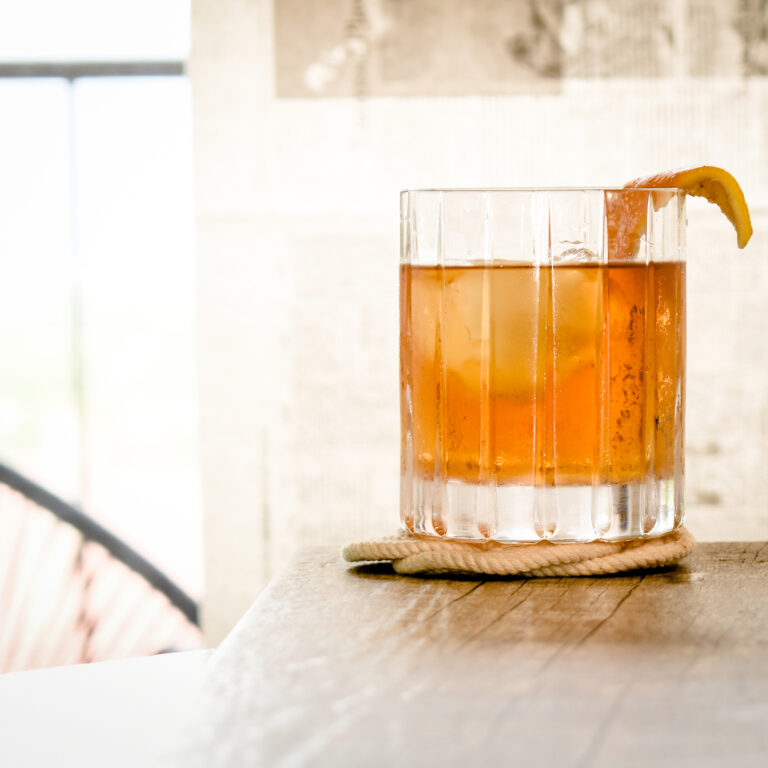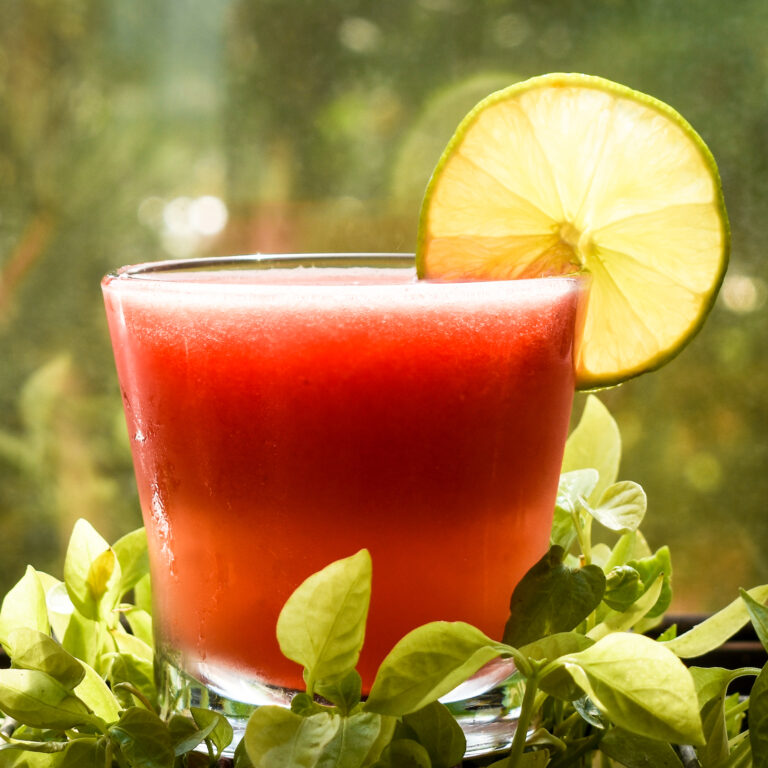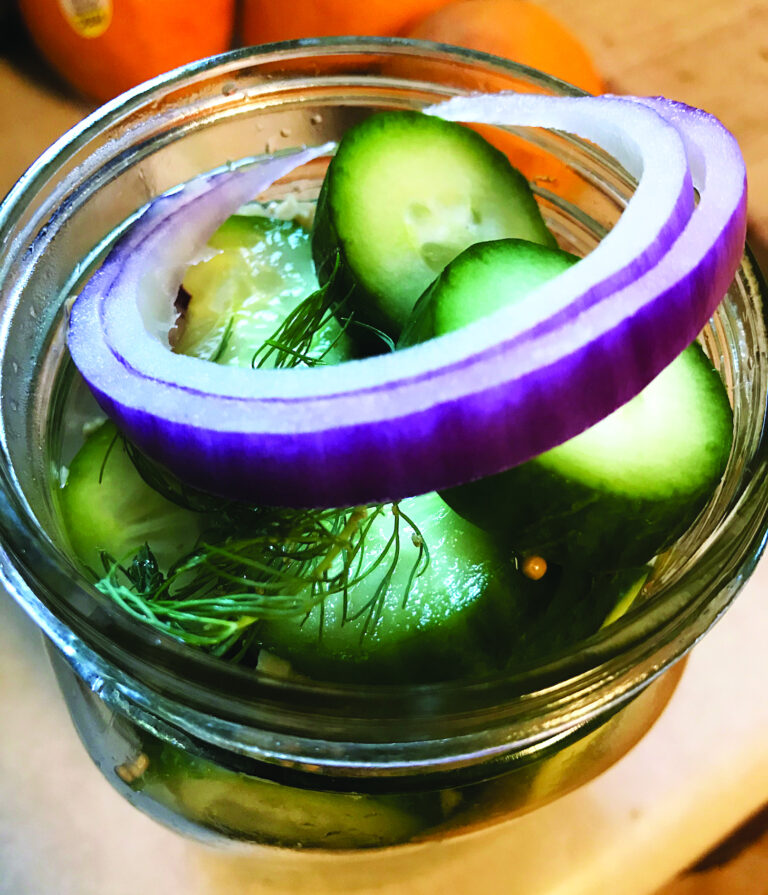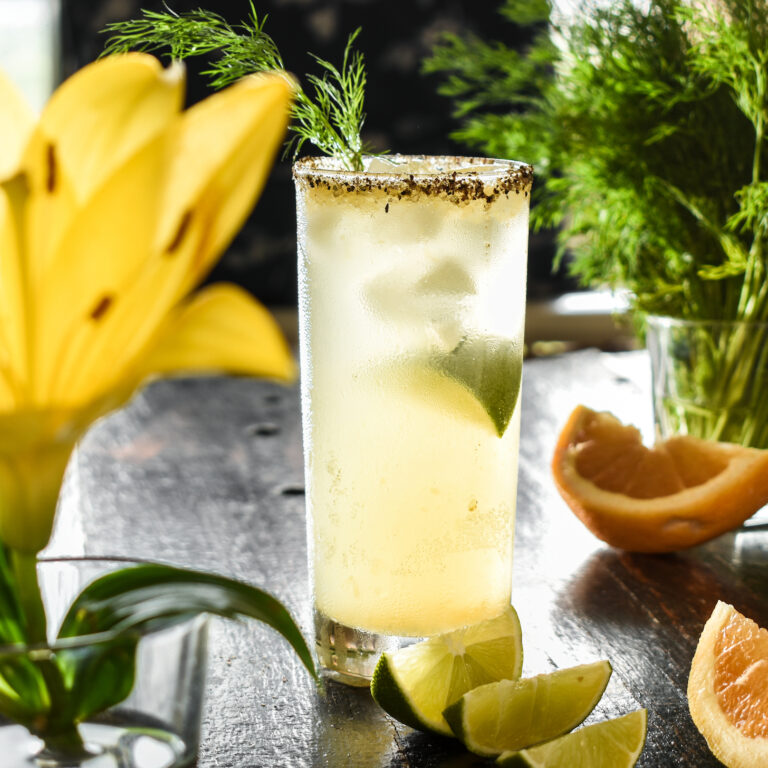Cooking a whole pig is an art form but also surprisingly low-tech. Take one pig. Apply pig to fire. Keep pig on fire for hours and hours. Eat pig. It's simple if you want it to be or complex if you want to get fancy and rent or make a smoking/cooking contraption. The easiest way to do it is to dig a hole in the yard, get a fire going, put the pig over the coals and bury it. The method below is a sort of cross between the Hawaiian luau method of pit-cooking and the New Mexican matanza. You can take comfort in the knowledge that this method is very, very open to adaptation. Just remember: take one pig, apply pig to fire. …
Get Your Piglets in a Row
First, you won't be pit-cooking pork chops from the corner grocery, so you'll need to plan in advance and order your meat at least a week or two ahead of time. The easy but more expensive way to do it is to go through a butcher like Keller's Farm Stores (Eubank and Candelaria, 294-1427). The slightly more difficult but cheaper way is to find a local farmer who will butcher a pig specifically for you. Ask among your friends, co-workers and family members. You'll get a handful of names and numbers of guys who live in the South Valley. If you don't speak Spanish then you may need a translator to help you broker the deal.
For a real old-fashioned matanza, you'll want to buy a whole pig. Suckling pigs start at about 20 pounds but offer substantially less meat per pound than larger pigs. Plus, as the weight goes up the price comes down. How many people are you planning on inviting? Figure about one pound of pig per person. If you've got 50 people, then you'll need at least a 50 pound hog, but it certainly doesn't suck to have leftovers, you know? At Keller's a 50 pounder will cost about $4 per pound. From your aunt's housekeeper's cousin in Belen the same pig could cost half that.
If you're itchin' to cook pig meat in a hole in the backyard but you don't want to feed a small army, consider doing a whole hind leg or a whole loin. Both can feed up to 20 people for less money than a whole pig.
No matter which you choose, you'll need to assemble a staff of pit-cook volunteers. The pig will need to cook all day or even overnight and someone will have to do a lot of checking, temperature-taking, coal-stoking and hand-wringing. Free beer is helpful in attracting volunteers.
Plan to give yourself plenty of time. It's hard to overdo pit-cooked pork but nobody wants to eat raw meat.
Round up a couple of good quality digital thermometers and a timer. You'll need them.
Tools of the Trade
After you've ordered the meat you'll need to assemble your tools. Pick up at least 15 pounds of good quality charcoal (try Wild Oats or Whole Foods). Buy several cases of beer for your cook crew—in addition to beer for the party. Round up some camp chairs if your pit area doesn't have anywhere comfy to sit. You'll also need to arrange somewhere to dish up the meat after it's cooked; a large outdoor table with a plastic tablecloth works well. Use your biggest cutting board, sharpest knives and round up all the meat forks you can. You'll also need a shovel for digging the pit and some lava rocks to line it.
Once the pig is cooked, the meat will be really, really hot but you'll need to use your hands to pull it from the bone. This poses a problem. The solution is insulated rubber gloves. Otherwise, you could make do with oven mitts covered with plastic bags.
A whole pig won't fit on any cookie sheet you own and it will be rather difficult to transport on and off of the fire so you'll need some heavy-duty chicken wire and heavy-duty aluminum foil to wrap around the pig. A wheelbarrow full of lava rocks will help your fire retain heat.
Preparing the Pig
If possible, meaning if you know you'll have a place to keep it refrigerated, try and pick up your pig a day or two before you plan to start cooking.
Ask the butcher to split the pig in half; cooking the hog is easier if it's spread-eagled, luau style. Ask if they'll also dislocate the hips and cut the tendons at the ankles so the feet don't curl when cooked. When you get home, place the hog on its back and use a sharp knife to cut skin away from the meat, from belly to spine, and away from the legs and shoulders. Sprinkle all surfaces liberally with salt and pepper. You might also add in some garlic powder and red chile or a store-bought barbecue spice rub. This can be done a day ahead and the hog refrigerated until cooking time, provided your refrigerator is big enough.
Next, wrap the pig for roasting. Lay out three big layers of heavy duty foil on your prep table. (You can put a layer or two of banana leaves in between the pig and the foil if you like.) Put the pig in the middle of the foil and wrap it up like a piece of leftover pizza but with tightly rolled seams. When you think you've got way too much foil over the pig, add another layer or two. Now wrap the whole thing with chicken wire so the pig won't flop around when cooked. You'll need to turn the thing a few times so it should be sturdy.
Now You're Cooking With(out) Gas
Prepare the barbecue pit. Dig a hole two to three feet deep and about four or five feet in diameter, depending on the size of your pig. Start with about 15 pounds of charcoal. Put 10 pounds of the charcoal in the bottom of the pit and light it. When the briquettes start to ash over, apply a layer of grapefruit-sized rocks—lava rocks work well. Park your pig on top of the charcoal and rocks. Put the rest of the charcoal on top of your pig and light. When those briquettes ash over, turn the pig and fill the hole with dirt.
It's hard to know exactly how long you'll need to cook the pig. There are a lot of variables, including the size of the pig and the heat of the fire. Generally, you can expect to cook for at least five to six hours for a small pig and around 10 to 12 hours for a big pig. The good news is that there really is no such thing as overcooked pit-cooked pork.
The fire should stay hot below the surface. If you're nervous, after about half of your guesstimated cooking time, dig up the pig, flip it and check the internal temperature with your digital timer. You're looking for 160° F for the leg and 180° F for the shoulder. If your fire has cooled, you can add more charcoal and repeat the first few steps. Drink some more beer and try to relax. The pig will cook and you will have plenty of food.
The Final Hour
When the meat is nearly cooked or done and safely keeping hot, make sure all the sauce and side dishes are ready. Arrange the cutting board and knives on your table and give yourself plenty of room. You'll need at least one big dish for plain meat and one for sauced meat. Get some strong—but not too drunk—guys to help you move the pig from fire to table. Some old towels will keep the pig from sliding around or damaging the table. Still, grease will get everywhere. The dogs will go wild.
Carving
The word “carving” is almost a joke. Most of the meat will be so tender, you'll only have to scoop it up (this is where your insulated rubber gloves come in). For the rest you will need to make a few cuts. Use your best judgment. Cut off big hunks, break them up with your fingers or forks, toss them with barbecue sauce of your choosing and keep it all hot.
When the Party's Over
Before you pass out, try and write down your variables to help you remember what worked and what didn't. Next time it'll be easier. Double-bag all the gross trash and make sure it fits in your trash can. You do not want to have to pick up a pig head that animals have dug out of your trash.
Eating In
Eating In
Eating In
Eating In
Eating In
For more information, check out www.porkpeople.com or www.theotherwhitemeat.com.








